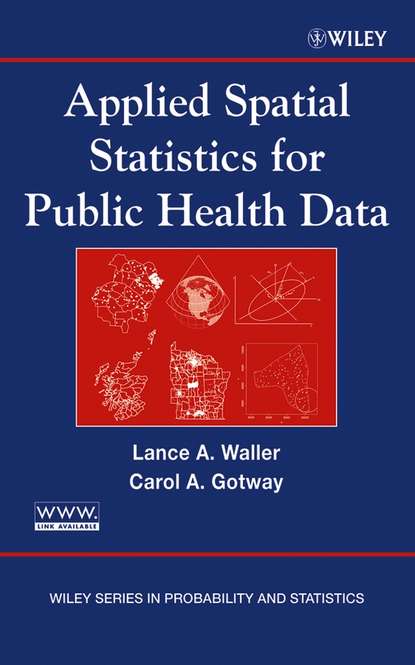
Applied Spatial Statistics for Public Health Data скачать fb2
Lance Waller A. - Applied Spatial Statistics for Public Health Data краткое содержание
An application-based introduction to the statistical analysis of spatially referenced health data Sparked by the growing interest in statistical methods for the analysis of spatially referenced data in the field of public health, Applied Spatial Statistics for Public Health Data fills the need for an introductory, application-oriented text on this timely subject. Written for practicing public health researchers as well as graduate students in related fields, the text provides a thorough introduction to basic concepts and methods in applied spatial statistics as well as a detailed treatment of some of the more recent methods in spatial statistics useful for public health studies that have not been previously covered elsewhere. Assuming minimal knowledge of spatial statistics, the authors provide important statistical approaches for assessing such questions as: Are newly occurring cases of a disease «clustered» in space? Do the cases cluster around suspected sources of increased risk, such as toxic waste sites or other environmental hazards? How do we take monitored pollution concentrations measured at specific locations and interpolate them to locations where no measurements were taken? How do we quantify associations between local disease rates and local exposures? After reviewing traditional statistical methods used in public health research, the text provides an overview of the basic features of spatial data, illustrates various geographic mapping and visualization tools, and describes the sources of publicly available spatial data that might be useful in public health applications.
Чтобы оставить свою оценку и/или комментарий, Вам нужно войти под своей учетной записью или зарегистрироваться



